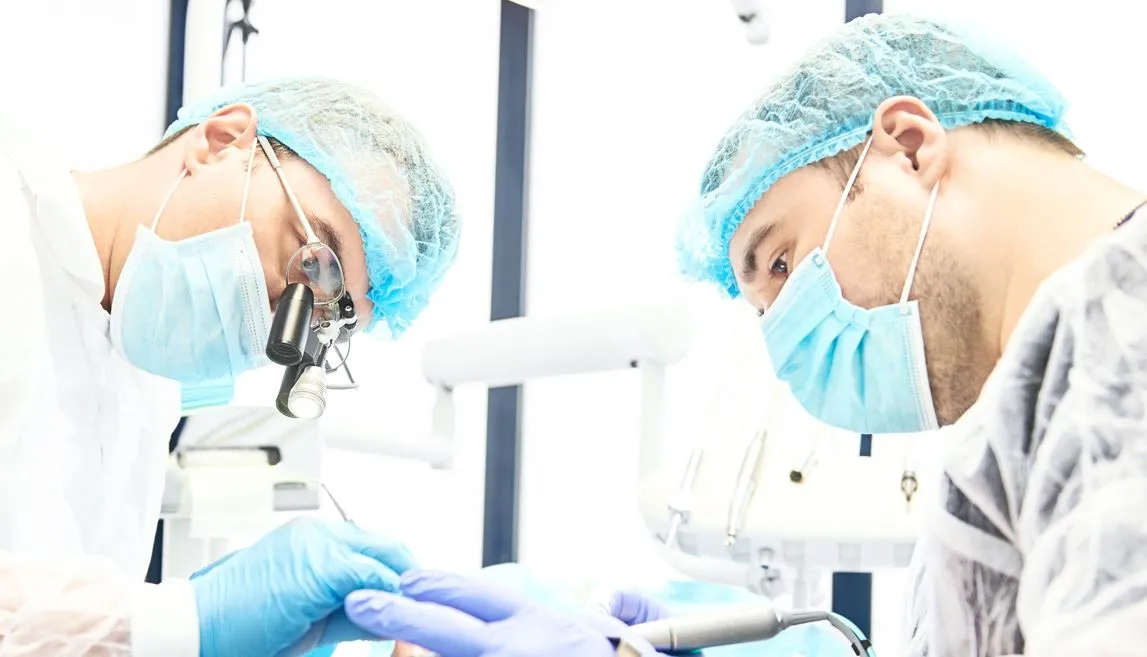
In some situations, bigger is better, but in medicine, that is not always the case. An increasing number of situations show there are significant advantages for being smaller. From surgical imaging to delivering medical care, medical systems integrators and caregivers alike are discovering the many advantages of compact form factors.
In this blog, we will cover some of the size-related considerations that apply to the practice of medicine — particularly medical imaging — and how these factors can benefit from the latest imaging technologies delivered by i-PRO.
The Unique Nature of Surgical Imaging
Surgical imaging is of vital importance both during the patient’s diagnostic phase and in the actual delivery of medical procedures and care. During initial examinations and throughout the detailed diagnostic process, surgical imaging helps medical professionals understand the current condition of the patient and examine the affected area more precisely in order to properly diagnose the patient and plan the surgical process. Once a diagnosis is made, surgical imaging can also support treatment in a variety of ways, both by guiding and confirming clinical interventions, as well as supporting a variety of medical equipment, including surgical robotics, scopes and similar devices.
In any case, it is critical that imaging equipment delivers the highest possible precision and accuracy. Only the highest resolutions, along with the most accurate color and image processing, can possibly meet the stringent needs of today’s medical professionals.
i-PRO Small Form Factor Advantages
i-PRO’s medical imaging builds on the decades-long leadership of Panasonic imaging technologies to deliver the newest generation of medical imaging devices. The i-PRO offering includes Ultra HD imaging systems designed for stand-alone use, as well as remote camera heads and other items designed for integration into the most sophisticated medical-grade camera systems. Every product is designed for the extreme accuracy and reliability required for surgical modalities.
i-PRO medical imaging cameras are designed with small form factors to give medical device manufacturers and medical professionals the maximum possible portability, power efficiency and flexibility. By minimizing the physical size of imaging cameras and camera control units, i-PRO gains concurrent benefits in power consumption, weight and portability.
For example, medical device manufacturers prefer smaller cameras to mount on digital surgical microscopes because they gain greater benefits not only in terms of their compact size at the operating end of the machine, but also the lighter weight improves the dynamics and precision of the motion controls. i-PRO imaging products meet this need for a compact form factor, while also delivering the high precision and accuracy necessary for its purpose.
Despite the small size, there is no lack of features and functionality. For another example, consider a new compact medical imaging camera that not only features a 3MOS visual spectrum sensor but an additional near-infrared (NIR) sensor that is engineered so both visible light and NIR light can be viewed on the same optical axis with a single camera. This way, highly capable medical imaging systems used to visualize blood flow, lymph flow and cancer lesions can be assembled with compact form factors that are suitable for endoscopic and similar applications.
We Are Here to Help!
You too can put small form factor imaging devices to work in your application. We are here to help you find the best possible imaging solution. Contact us today for a consultation!